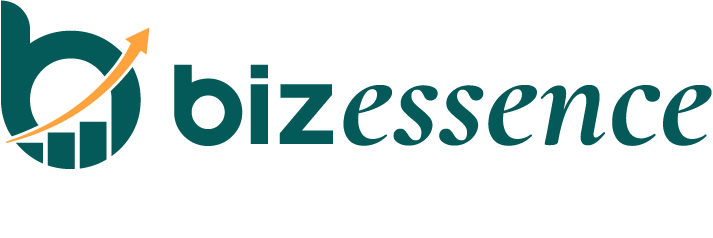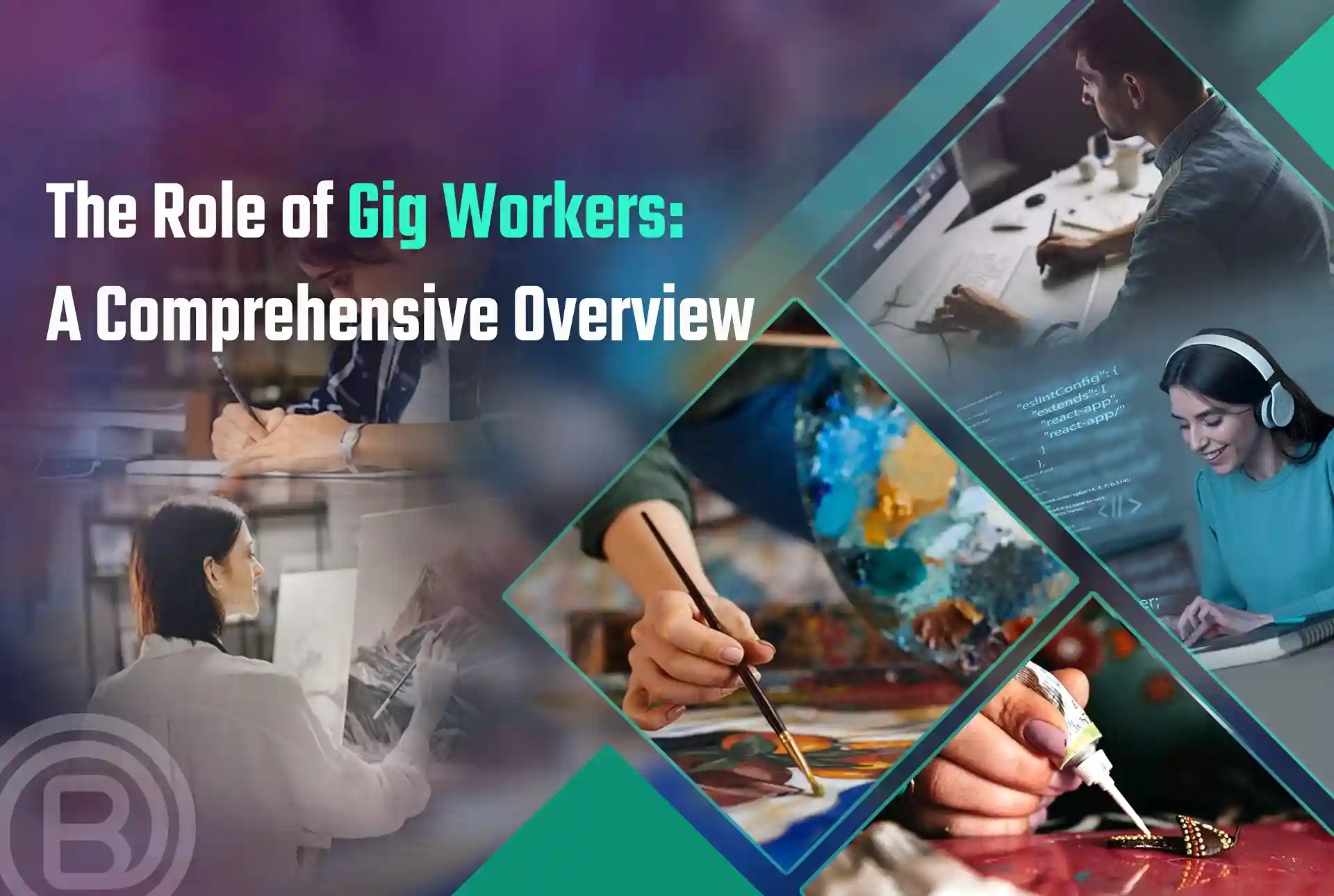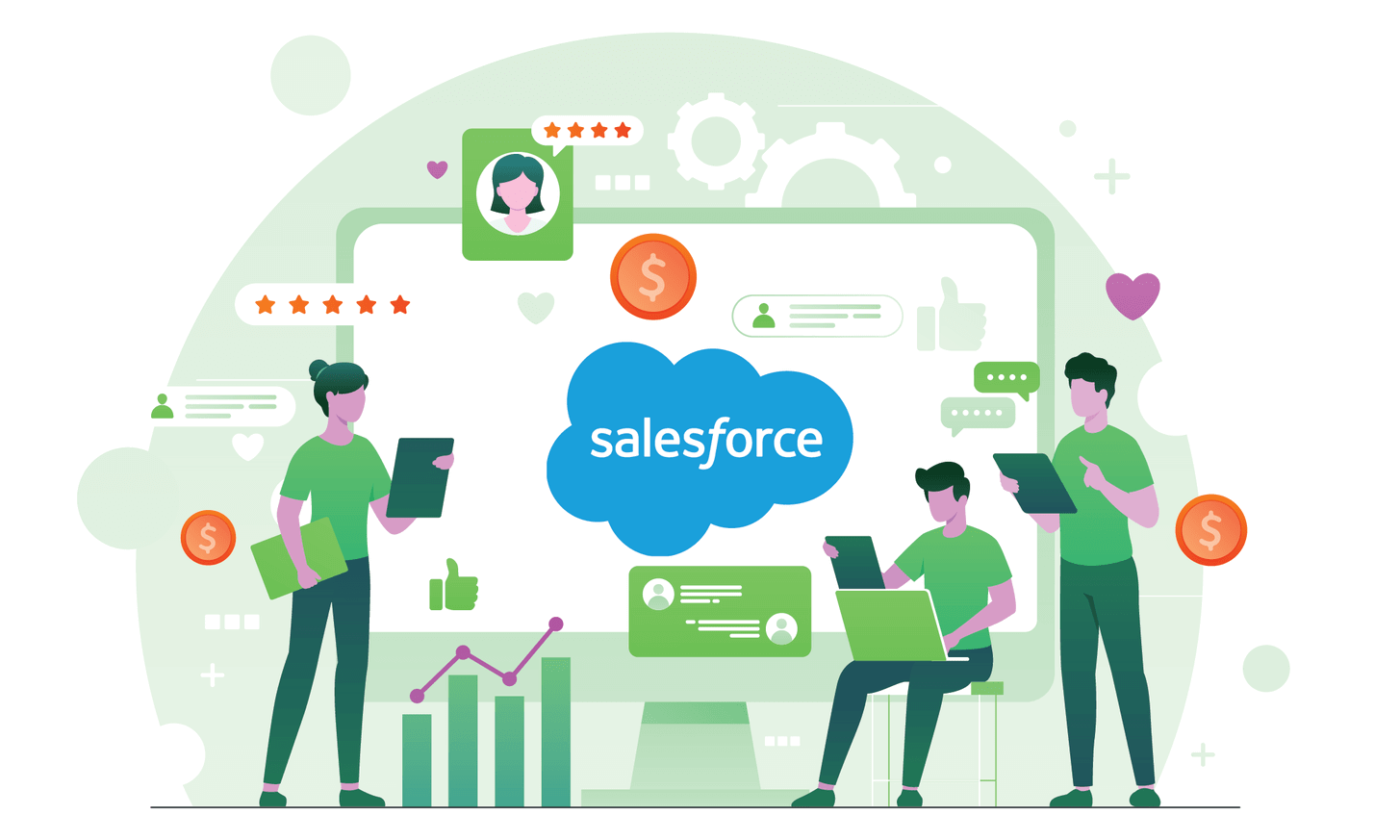“The way your employees feel is the way your customers will feel. And if your employees don’t feel valued, neither will your customers.”
~ Sybil F. Stershic
Stershic’s insight encapsulates a fundamental truth: the internal well-being of a workforce directly shapes external perceptions. As we delve into the complexities of employee retention in 2024, this quote serves as our guiding principle, illuminating the critical link between employee satisfaction and customer experience.
Join us on this exploratory journey as we unravel the strategies and nuances of employee retention, emphasizing the strategic importance of fostering a workplace where employees feel valued—a key not only to organizational prosperity but also to creating lasting customer connections.
The Landscape of Retention Strategies: Navigating the Future
Let us explore the dynamic landscape of retention strategies, analysing evolving trends, key components of modern retention plans, and the requisite adaptations to changing workforce dynamics.
A. Evolving Trends in Retention Strategies
- Personalized Employee Experiences: The contemporary workforce values individuality. Retention strategies now emphasize personalized experiences, acknowledging and addressing the unique needs and aspirations of each team member. This trend not only fosters a sense of belonging but also enhances overall job satisfaction.
- Emphasis on Well-Being Programs: Employee well-being has emerged as a cornerstone of effective retention. Modern organizations invest in comprehensive well-being programs, recognizing the interplay between mental health, work-life balance, and job satisfaction. Such initiatives contribute to a healthier and more engaged workforce.
- Continuous Learning and Development: In an era marked by rapid technological advancements, continuous learning is a key driver for talent retention. Organizations are cultivating a culture of ongoing skill development, providing employees with the tools and opportunities to stay relevant and grow within the organization.
B. Key Components of Modern Retention Plans
- Competitive Compensation and Benefits: While intrinsic motivators are crucial, competitive compensation and benefits remain fundamental in attracting and retaining top talent. Modern retention plans strategically align financial incentives with industry standards, ensuring that employees feel valued for their contributions.
- Opportunities for Career Advancement: Job stability alone is insufficient in retaining skilled professionals. Successful retention plans prioritize offering clear paths for career advancement. By providing opportunities for growth and development, organizations keep employees engaged and committed to their professional journey.
- Flexible Work Arrangements: Acknowledging the changing nature of work, modern retention plans embrace flexibility. Whether through remote work options or flexible schedules, organizations recognize the importance of accommodating diverse lifestyles and work preferences, thereby enhancing employee satisfaction.
C. Adapting to Changing Workforce Dynamics
- Embracing Remote and Hybrid Work Models: The traditional office paradigm is evolving. Organizations are now incorporating remote and hybrid work models into their retention strategies. This adaptability not only responds to changing employee expectations but also reflects a commitment to creating a work environment that aligns with individual preferences.
- Diversity and Inclusion Initiatives: As workforce demographics shift, diversity and inclusion have become integral to successful retention. Organizations are implementing initiatives that foster an inclusive culture, embracing the diverse talents and perspectives that contribute to a vibrant and innovative workplace.
- Technology Integration for Enhanced Employee Experience: In the digital age, technology plays a pivotal role in retention. Modern strategies leverage technology to streamline processes, enhance communication, and create a seamless employee experience. This integration not only improves operational efficiency but also contributes to overall job satisfaction.
Navigating this multifaceted landscape requires a strategic blend of these evolving trends, key components, and adaptive measures.
Retaining Talent in 2024: Navigating Challenges and Embracing Trends
Here, we examine the current challenges in talent retention and explore the emerging trends shaping innovative practices in retaining talent in the dynamic landscape of 2024.
A. Current Challenges in Talent Retention
- Talent Attrition in a Competitive Market: As the job market becomes increasingly competitive, retaining top talent poses a significant challenge. Skilled professionals are presented with abundant opportunities, making it imperative for organizations to strategically address the factors influencing employee turnover.
- Impact of Remote Work Dynamics: The widespread adoption of remote work has introduced new challenges to talent retention. Organizations are grappling with how to maintain a strong sense of connection and engagement among remote teams, ensuring that the benefits of flexibility do not compromise employee loyalty.
- Evolving Employee Expectations: The expectations of the modern workforce are evolving. Employees seek more than just financial rewards; they desire meaningful work, opportunities for growth, and a supportive work environment. Organizations must align their retention strategies with these shifting expectations to maintain a satisfied and committed workforce.
B. Emerging Trends Shaping Talent Retention Practices
- Focus on Employee Well-Being: An emerging trend in talent retention is an increased focus on employee well-being. Organizations are investing in holistic well-being programs that address physical, mental, and emotional health. Prioritizing well-being not only enhances job satisfaction but also contributes to long-term employee retention.
- Flexible Work Models: The rise of flexible work models continues to shape talent retention practices. Organizations that offer a blend of remote and in-office work options provide employees with the flexibility they crave, contributing to a positive work-life balance and bolstering retention efforts.
- Upskilling and Continuous Learning Initiatives: To retain top talent, organizations are embracing upskilling and continuous learning initiatives. This not only ensures that employees stay relevant in a rapidly changing landscape but also communicates a commitment to their professional growth and development, fostering loyalty.
Effectively addressing the challenges of talent retention and integrating emerging trends demands a strategic and adaptive methodology. In the upcoming exploration, we will thoroughly examine these facets, providing valuable insights and actionable strategies to empower organizations in retaining their invaluable talent amidst the dynamic conditions of 2024.Top of Form
The Synergy of Talent Retention and Powerful Success: Strategies and Engagement
Our exploration here encompasses an examination of how retention strategies serve as pivotal contributors to overall success, the crucial role that employee engagement plays in this dynamic, and the proactive measures that pave the way for powerful and sustained success.
A. How Retention Strategies Contribute to Organizational Success
- Sustaining Institutional Knowledge: Effective retention strategies play a crucial role in preserving institutional knowledge. Retained employees contribute to the accumulation of expertise and experience within the organization, fostering continuity and resilience against turnover-related disruptions.
- Enhancing Team Stability: A stable workforce is foundational to organizational success. Retention strategies contribute to team stability, enabling collaboration, efficient workflow, and the cultivation of a positive work culture that resonates with long-term employees.
- Building a Positive Employer Brand: Successful talent retention contributes to a positive employer brand. Organizations known for valuing and retaining their talent naturally attract high-calibre professionals, creating a virtuous cycle that enhances the organization’s reputation in the market.
B. The Role of Employee Engagement in Retaining Talent
- Fostering a Culture of Engagement: Engagement is at the core of retaining top talent. Organizations that foster a culture of engagement through meaningful work, clear communication, and opportunities for collaboration create an environment where employees feel connected and committed.
- Aligning Individual Goals with Organizational Objectives: Employee engagement is heightened when individual goals align with organizational objectives. Retention efforts that focus on understanding and aligning individual aspirations with the broader mission of the organization contribute to a motivated and committed workforce.
- Recognizing and Rewarding Contributions: Acknowledging and rewarding employee contributions are integral to sustaining high levels of engagement. Retention strategies that incorporate effective recognition and rewards programs not only motivate employees but also solidify their commitment to the organization.
C. Realizing Powerful Success Through Proactive Retention Measures
- Anticipating and Addressing Potential Issues: Proactive retention measures involve anticipating and addressing potential issues before they escalate. Organizations that conduct regular assessments of employee satisfaction, address concerns promptly, and provide growth opportunities create an environment that proactively retains talent.
- Continuous Adaptation to Changing Dynamics: The dynamic nature of the workforce requires continuous adaptation. Proactive retention involves staying ahead of industry trends, understanding evolving employee expectations, and adapting organizational strategies to remain an employer of choice.
- Investing in Professional Development: A key proactive retention measure is investing in the professional development of employees. Organizations that provide continuous learning opportunities, mentorship programs, and growth pathways not only retain talent but also contribute to the overall success of individuals and the organization.
Implementing Effective Talent Retention Strategies: Tailoring, Leveraging, and Boosting
We’ll focus on tailoring strategies to organizational culture, leveraging technology for enhanced talent management, and adopting employee-centric approaches to amplify retention efforts.
A. Tailoring Strategies to Organizational Culture
- Cultural Alignment: Tailoring retention strategies to organizational culture involves a deep understanding of the values and norms that define the workplace. Aligning retention initiatives with the existing culture ensures seamless integration and acceptance among employees.
- Customizing Recognition Programs: Recognizing and appreciating employees in a manner that resonates with the organizational culture is key. Tailoring recognition programs to reflect the unique aspects of the workplace fosters a sense of belonging and reinforces the cultural fabric.
- Incorporating Flexibility Appropriately: While flexibility is a valuable retention tool, its implementation should align with the organizational culture. Tailoring flexible work arrangements to suit the nature of the business and the preferences of employees ensures a harmonious balance between cultural fit and employee satisfaction.
B. Leveraging Technology for Enhanced Talent Management
- Integrated Talent Management Systems: Leveraging technology involves adopting integrated talent management systems. These systems streamline recruitment, onboarding, performance management, and professional development, providing a comprehensive view of an employee’s journey within the organization.
- Data-Driven Decision-Making: Technology enables organizations to gather and analyze data related to employee engagement, performance, and satisfaction. Leveraging this data for informed decision-making enhances the effectiveness of retention strategies, allowing organizations to address specific needs and concerns.
- Remote Work Infrastructure: In an era where remote work is increasingly prevalent, leveraging technology to create a robust remote work infrastructure is crucial. Ensuring seamless communication, collaboration, and access to resources contributes to both talent retention and overall productivity.
C. Employee-Centric Approaches to Boost Retention
- Personalized Development Plans: Implementing employee-centric approaches entails crafting individualized development plans. By gaining insights into the unique aspirations and career goals of each employee, organizations can tailor growth opportunities, illustrating a steadfast commitment to the professional advancement of every team member.
- Transparent Communication Channels: Effective employee-centric approaches hinge on open and transparent communication channels. By establishing clear lines of communication, organizations nurture trust, empower employees to express concerns, and guarantee that they feel acknowledged and appreciated within the organizational framework.
- Well-Being Initiatives: Prioritizing the well-being of employees is a central tenet of an employee-centric approach. Introducing initiatives that champion mental and physical health, like wellness programs or flexible work hours, not only fortifies retention strategies but also nurtures a positive and supportive workplace culture.
Overcoming Challenges in Talent Retention
Exploring the complexities of talent retention, we navigate through common obstacles, propose effective strategies for overcoming these challenges, and underscore the imperative of continual improvement in retention initiatives.
A. Common Obstacles to Retention Success
- Intense Market Competition: In a fiercely competitive job market, retaining top talent becomes challenging. Organizations often find themselves contending with enticing offers from competitors, making it crucial to address the allure of external opportunities.
- Evolving Employee Expectations: As employee expectations evolve, organizations may struggle to align their retention strategies with the shifting desires of their workforce. Understanding and adapting to these changing expectations are key to successful talent retention.
- Lack of Career Development Opportunities: A common obstacle is the perception of limited career development opportunities within an organization. Employees who do not see a clear path for advancement are more likely to explore alternative options.
B. Strategies for Overcoming Talent Retention Challenges
- Competitive Compensation Packages: To counter external market pressures, organizations can strategically design competitive compensation packages. Ensuring that remuneration aligns with industry standards is pivotal in retaining top-performing talent.
- Personalized Professional Development Plans: Addressing the challenge of limited career development involves implementing personalized professional development plans. Understanding individual career goals allows organizations to tailor growth opportunities, fostering a sense of advancement.
- Transparent Communication Practices: Combatting talent retention challenges requires open communication. Establishing transparent communication practices helps build trust, enabling organizations to address concerns promptly and demonstrate a commitment to employee well-being.
C. Continuous Improvement in Retention Initiatives
- Regular Employee Feedback Mechanisms: Continuous improvement hinges on feedback. Implementing regular employee feedback mechanisms allows organizations to stay attuned to the evolving needs and concerns of their workforce, enabling timely adjustments to retention strategies.
- Adaptive Retention Policies: Organizations must adopt adaptive retention policies that evolve with the changing landscape. Regularly reassessing and refining policies ensures they remain effective in addressing emerging challenges and aligning with evolving industry standards.
- Data-Driven Decision-Making: Leveraging data for decision-making is crucial in continuous improvement. Organizations can analyze data related to employee satisfaction, turnover rates, and the effectiveness of retention initiatives to make informed adjustments and enhancements.
Navigating through common obstacles, strategically overcoming challenges, and committing to continuous improvement ensures that talent retention efforts remain resilient and effective in the face of dynamic workforce dynamics.
Navigating the Future of Talent Retention
In this segment, we delve into the prospective evolution of talent retention, examining the anticipated changes in the talent landscape, strategies for preparing to meet future retention challenges, and innovations poised to drive ongoing success.
A. Anticipated Changes in the Talent Landscape
- Evolution of Remote Work: As remote work continues to evolve, significant shifts in the talent landscape are expected. Anticipating these changes and understanding their impact on talent preferences will be essential for shaping effective retention strategies.
- Emphasis on Work-Life Integration: A future focus on work-life integration, rather than a rigid work-life balance, is anticipated. Organizations should prepare for this shift by incorporating flexible policies that cater to the evolving needs of their workforce.
- Rise of Gig Economy Participation: Anticipating increased participation in the gig economy is paramount. Organizations must understand the implications of this trend on talent expectations to effectively attract and retain a diverse workforce.
B. Preparing for Future Retention Challenges
- Proactive Skill Development Initiatives: Future-ready organizations will embark on proactive skill development initiatives. Preparing employees for evolving skill requirements ensures they remain valuable contributors to the organization’s success.
- Adaptable Talent Management Strategies: In the face of future challenges, adaptable talent management strategies are imperative. Organizations should be prepared to flexibly adjust policies, benefits, and work structures to meet the dynamic needs of their workforce.
- Enhanced Employee Experience Focus: Preparation for the future involves a heightened focus on enhancing the overall employee experience. Aligning organizational practices with the evolving needs and expectations of employees contributes to long-term retention success.
C. Innovations in Talent Retention for Ongoing Success
- AI-Powered Retention Analytics: Innovations in talent retention include the integration of AI-powered analytics. Utilizing advanced analytics enables organizations to predict retention risks, empowering them to take proactive measures to retain valuable talent.
- Personalized Employee Engagement Platforms: Innovative approaches feature personalized employee engagement platforms. The customization of engagement initiatives based on individual preferences, facilitated by advanced platforms, significantly enhances the employee experience and retention efforts.
- Mentorship and Career Pathing Programs: Fostering innovation in retention involves the implementation of mentorship and career pathing programs. Structured mentorship opportunities and clear career pathways contribute to employee satisfaction and long-term commitment.
Cultivating Success through Talent Retention
In the sphere of talent retention, triumph lies in a culture that values its people. Tackling challenges, maintaining adaptability, and embracing innovation constitute the essence of resilient retention. Nurturing such an environment ensures an enduring commitment from employees, laying the foundation for sustained success.
The future is shaped by today’s actions; prioritize your workforce for enduring success. Turn insights into action and propel your talent retention to new heights!
Recommended Reading:
Boomerang Hires: Bringing Back Proven Talent for Success
The A-Z of Talent Assessments: Your Definitive Reference
The Rise of Industry-Specific Staffing Agencies: The New Wave in Hiring










